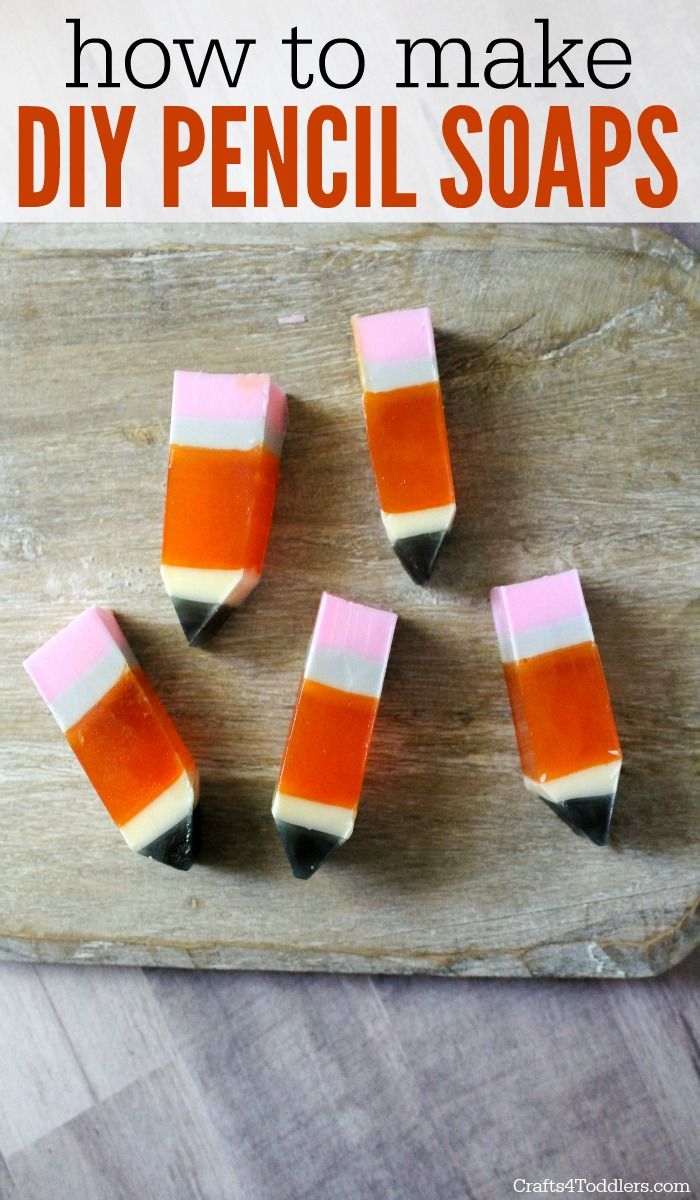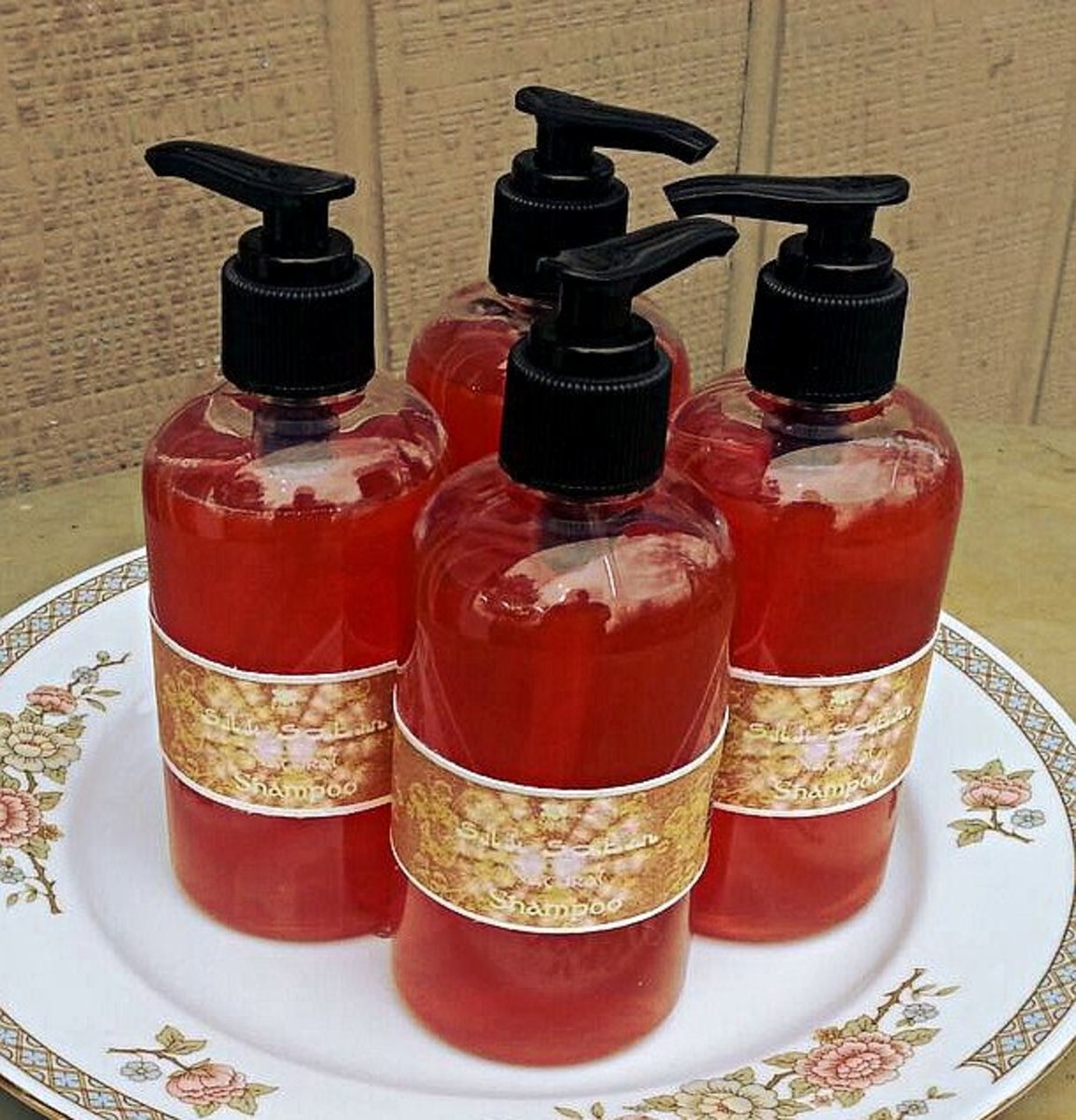Table of Content
Then you want to make sure you put all your lab equipment away back in the place where it belongs. % of people told us that this article helped them. Thanks to all authors for creating a page that has been read 439,696 times. If you don’t have cardboard, place parchment paper over the mold. Bump the mold against a hard surface a few times if it looks frothy.

It’s used to make a lye solution, which is combined with oil. The water helps the oil and lye complete the saponification process. By the time the soap hardens, most of the water will have evaporated.
How to Make Liquid Soap: How to Create This Cheap and Useful Detergent
Fresh-brewed coffee and tea change the batter’s color but don’t often leave much of a smell in the finished product. Mix in some blended fruits or vegetables to give your soap a deep, vibrant color. Soap dyes are another option for unusual colors. Also, use colored salt and spices for additional variety.

They even offer kits for some projects so you can buy exactly what you need without any guesswork. Here is a link to the detailed recipe and step by step instructions. If you have a microwave safe bowl, a knife, and a microwave – you have all you need as far as tools go. You can even use a double boiler instead of a microwave if you are so inclined. If you have a spray bottle of rubbing alcohol that’s also a plus.
Did this article help you?
You might start with 20 drops if you prefer a lighter scent, and go up to 30 drops if you prefer a stronger scent. Tap the mold onto your work surface to eliminate air bubbles. Check the temperature of the oils using the candy thermometer. Once the oils have reached 120 to 130°F (49 to 54°C), place the immersion blender on the side of the slow cooker.
Handle it with caution to avoid spills, and use stainless steel or glass containers you don’t plan on cooking with in the future. For a creamier soap with more lather, try mixing 1 part coconut oil, 1 part palm oil, and 1 part olive oil. Add some sweet almond oil to give the soap a pleasant scent. Glycerine is a common base available online or at craft supply stores. It is made with lye like any bar of soap but doesn’t have any active lye in it, so it’s safe to touch.
Step 12: Understand the Key Concepts
Kenyans are turning to handmade soaps with natural ingredients to avoid chemicals with side effects. You can learn the skill and start making beautiful, scented handmade soaps. To start this kind of business, you need to know how to make bar soap at home in Kenya. For starters you will not need any fancy ingredients or equipment.
Begin preparing your oils while you wait for the lye to cool. You will need the oils ready to mix into the lye. The cost of making bar soap in Kenya ranges between Ksh 45 to Ksh 55 for 800g bar soap. Try as much as you can to source raw materials for making soap from cheap suppliers, but also ensure they are of high quality.
Choose vegetable oils to form a base for your soap. You can use all kinds of vegetable oil to create soap. The type of oil you choose determines the amount of other ingredients you need. For your first time making soap, keep it simple by sticking to 1 or 2 different types of oils. Pomace olive oil from a grocery store is a common base to start with. Measure out 38 oz of oil on a kitchen scale by weight instead of volume.

Making bar soap is an interesting art that can turn into a well-paying business idea or at least a side-hustle for those seeking to make a little extra money. Liquid soap is fast gaining popularity as a substitute for other conventional detergents in. The project can also bring additional income as you will be able to sell the surplus soap you manufacture. The bar soap makersI will meet Christian and the communities soon in Webuye and do also an interview with him. Also the schools in the surroundings will now start producing their own bar soap.
Based on personal experience, it’s worth it to spend $15 on a decent no-touch laser thermometer if you start doing cold or hot process soap at some point. It’s also a great way to create the perfect bar of soap that is exactly what you want. In this post we will cover how to make homemade soap bars for beginners. Adjuncts are ingredients that help complement the other.

This document consists all the tips to make the students and teachers perfect their mastery in both the teaching and learning of Poetry. Before you start making your own concoctions, it’s important to get acquainted with the basics of soap-making. Use oils from animal or vegetable sources only. Soap can’t be made with petroleum-based oils. Fragrance oils are usually more concentrated, so you may want to start with fewer drops. Once cool, carefully remove the soap from the mold.
You can read books about soap making business or attend soap making training in Kenya. An absolute must for hot or cold process soap making but just a ‘nice to have’ for melt and pour. Just keep in mind the melt and pour soap base melts at about 140 F degrees. Pour the lye into the water gradually while stirring it. Stir the ingredients together with a stainless steel or heat-safe plastic whisk. Let the mixture warm up and turn white before adding more lye.

Make sure that it mixes well before you can move to the next step. The best fat or oil depends on your preferences. Traditionally, soap was made with animal fat, but today, plant oils are widely used. The number of drops will usually depend on the oil’s quality and your personal preference.

No comments:
Post a Comment